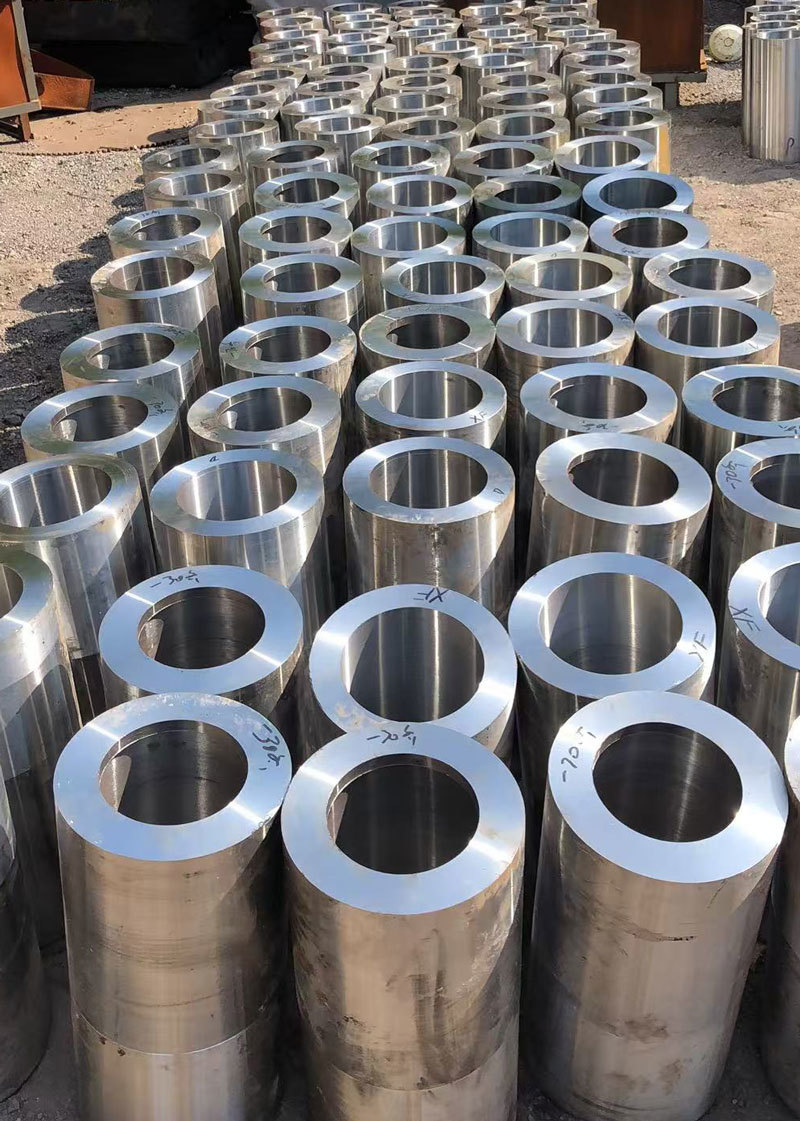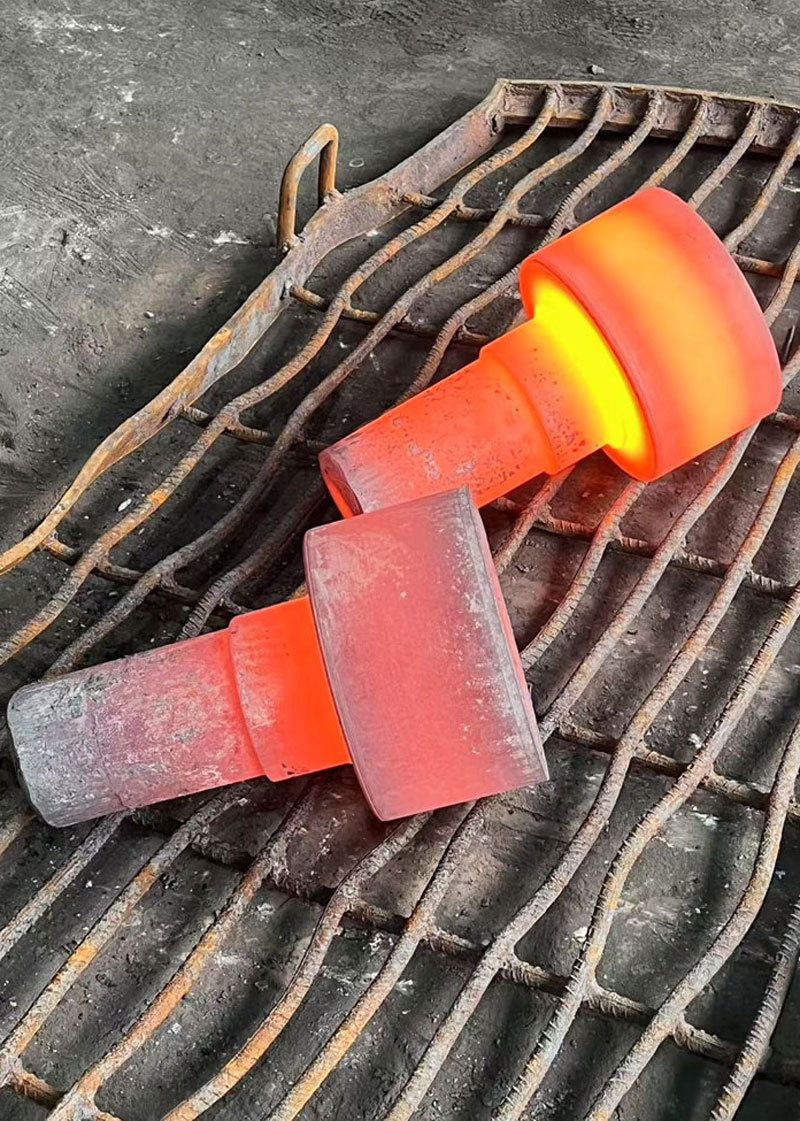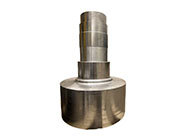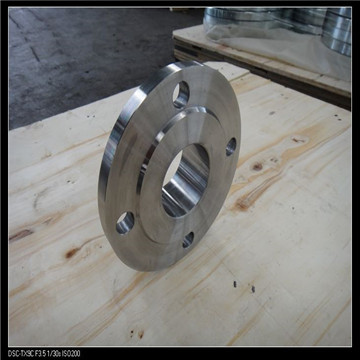Understanding American Standard Flanges: Essential Insights for Professionals in Construction and Interior Design
Release time:
2025-05-08
--- Flanges are critical components in piping systems, serving as a connection point between pipes, valves, pumps, and other equipment. The term "American standard flange" refers to a specific category of flanges designed according to established standards in the United States, predominantly including ANSI (American National Standards Institute) and ASME (American Society of Mechanical Engineers)
Flanges are critical components in piping systems, serving as a connection point between pipes, valves, pumps, and other equipment. The term "American standard flange" refers to a specific category of flanges designed according to established standards in the United States, predominantly including ANSI (American National Standards Institute) and ASME (American Society of Mechanical Engineers) specifications. Understanding the intricacies of American standard flanges is invaluable for professionals in the construction and interior design industry.
One of the primary advantages of American standard flanges lies in their standardized dimensions and bolt hole patterns. This uniformity allows for easier integration into piping systems, reducing the likelihood of compatibility issues. The most common types of American standard flanges include slip-on, weld neck, blind, and threaded flanges, each serving unique applications. Slip-on flanges, for instance, are ideal for low-pressure applications and are easily welded onto pipes. In contrast, weld neck flanges are favored for high-pressure systems due to their robust construction and ability to handle significant stress.
When selecting American standard flanges, it is crucial to consider the material of the flange, as this directly impacts durability and corrosion resistance. Common materials include carbon steel, stainless steel, and ductile iron, each offering distinct advantages depending on the application environment. For example, stainless steel flanges are ideal for environments exposed to moisture or corrosive substances, while carbon steel flanges are often preferred for their strength and cost-effectiveness in less corrosive settings.
Another important aspect to consider is the flange rating, which indicates the pressure handling capacity of the flange at a given temperature. Understanding these ratings is essential for ensuring the safety and efficiency of the piping system, as using flanges rated for lower pressures in high-pressure applications can lead to catastrophic failures.
Moreover, the installation process of American standard flanges requires careful attention to detail. Proper alignment, the use of appropriate gaskets, and adequate torque specifications are critical to achieving a leak-free connection. Professionals should also be aware of the impact of thermal expansion and contraction on flange connections, as these factors can lead to stress and potential leaks if not properly managed.
In summary, American standard flanges play a pivotal role in the construction and decorative materials industry, providing reliable connections within piping systems. By understanding their types, materials, ratings, and installation best practices, professionals can ensure the integrity and efficiency of their projects, ultimately leading to successful outcomes in construction and interior design applications.
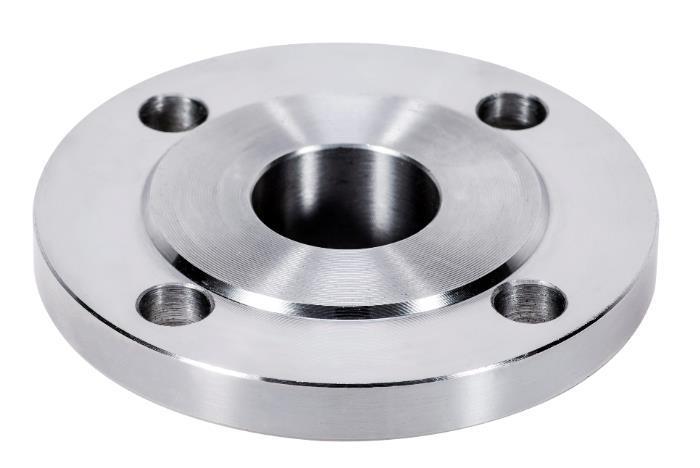
Latest developments
Forgings are a critical component in the steel industries, particularly for those involved in building and decorative materials. This manufacturing process involves shaping metal using compressive forces, resulting in products that possess superior strength and durability compared to their cast counterparts. In the context of construction and decorative materials, steel forgings offer a range of a
Innovations in the Forging of Stainless Steel for Superior Performance
Innovations in the Forging of Stainless Steel for Superior Performance Table of Contents 1. Introduction to Stainless Steel Forging Innovations 2. Importance of Stainless Steel in Various Industries 3. Overview of the Forging Process 4. Technological Advancements in Stainless Steel Forging 4.1. Machine Automation and Robotics 4.2.
Understanding Non-Standard Flanges: Importance and Applications in Construction
Non-standard flanges are critical components in piping systems, particularly within the construction and decorative materials sectors. Unlike standard flanges, which adhere to established dimensions and specifications, non-standard flanges are tailored to meet unique requirements that can vary based on specific project needs, environmental factors, or design specifications. This adaptability makes
Exploring the Versatility of Japanese Standard Flanges in Various Applications
Exploring the Versatility of Japanese Standard Flanges in Various Applications Table of Contents 1. Introduction to Japanese Standard Flanges 2. What Are Flanges? 2.1 Types of Flanges 3. Understanding Japanese Standard Flanges 3.1 Design and Specifications 4. Applications of Japanese Standard Flanges
--- Flanges are critical components in piping systems, serving as a connection point between pipes, valves, pumps, and other equipment. The term "American standard flange" refers to a specific category of flanges designed according to established standards in the United States, predominantly including ANSI (American National Standards Institute) and ASME (American Society of Mechanical Engineers)
Exploring Different Types of Threaded Flanges for Various Applications
Exploring Different Types of Threaded Flanges for Various Applications Table of Contents 1. Introduction to Threaded Flanges 2. Importance of Threaded Flanges in Construction 3. Types of Threaded Flanges and Their Applications 3.1 Standard Threaded Flanges 3.2 Slip-On Threaded Flanges 3.3 Blind Threaded Flanges 3.4 Socket Weld Threaded Flanges



